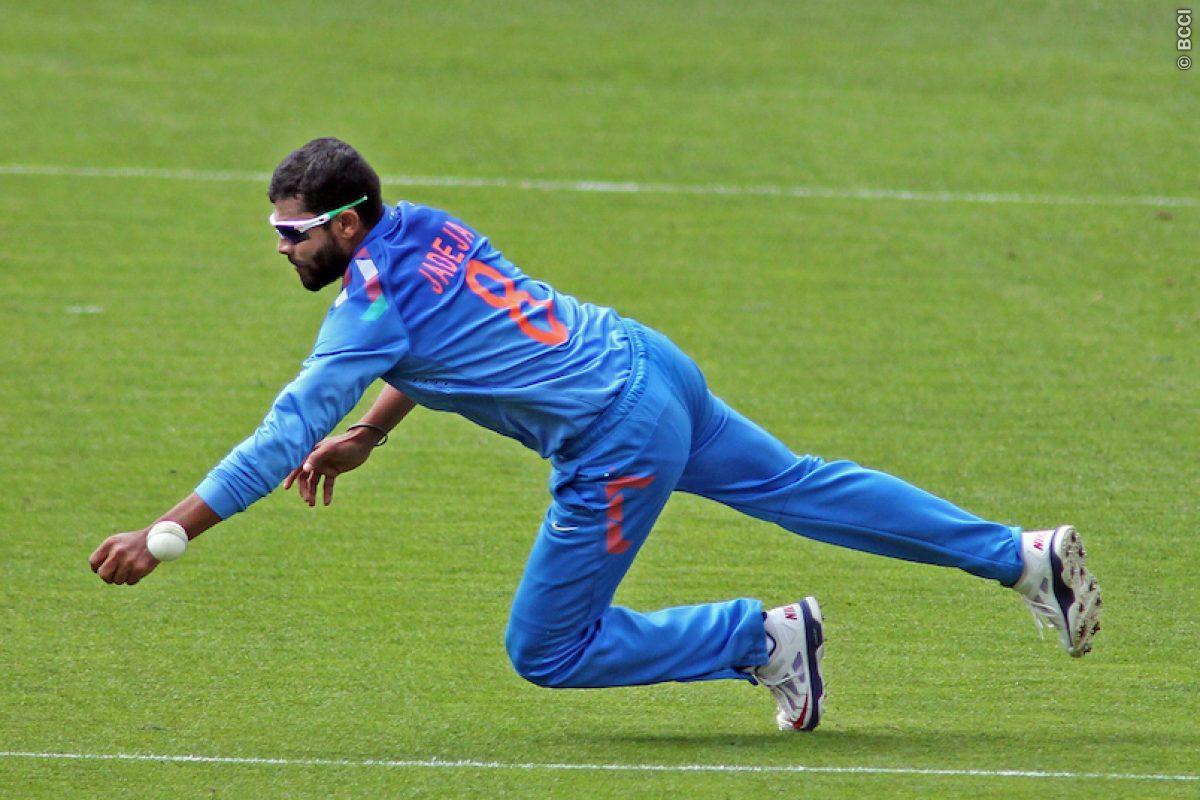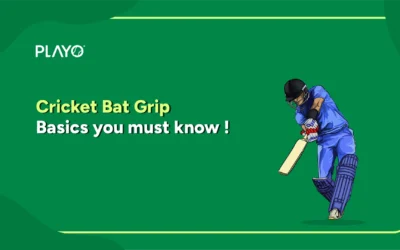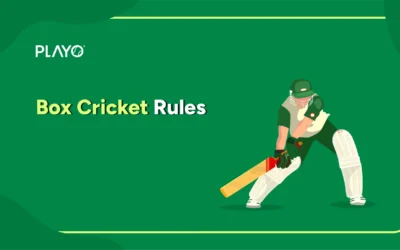Fielding in cricket can seem so pleasantly simple. But it isn’t after you start fielding in matches, that you realise how complicated the decision-making processes involved is, for every delivery that’s bowled by your side.
Catching is the action of fielders to get the batsman out by collecting the ball once hit in the air by the batsman. Catching is a massive element of fielding and one of the most important aspects for any cricketer. The more adept the fielder, the better cricketer he/she is and the more likely the team is to be more efficient.
#1 – Catching Tips

- It is essential for a slip fielder to bend the knees and keep hands pointing down, making a cup position. This will assist you in taking a low catch.
- Fielding depends on your attentiveness and your attitude towards the game. You should expect that every next ball will come to you.
- Familiarise yourself with where you are standing, whether you are near the boundary or close to the batsman. This will help in avoiding fallout with another fielder. Don’t rush to every ball that goes high. Make an effort only for those which are either over you or in no-man’s land.
- If you receive a catch over your chest take a step or two back and catch the ball.
-
Keep your eyes on the ball until it passes you else it would result in a dropped catch.
-
To build confidence for catching a fast cricket ball without fear of getting hurt, practice fast catches with a tennis ball at first, and then ease into it with a cricket ball.
Catches really do win matches
What if I know I can’t reach a high ball in time?

If the ball is too fast and you realise that you won’t get there in time, just get closer to the ball and then take a dive. Even if you don’t catch it, try to stop the ball as quickly as you can by being in its location. This will help minimise the number of runs that the batsman can score in the meantime.
Always exercise caution and take evasive action when a fastball is approaching you at an angle that is awkward or uncomfortable. Your safety must be the higher priority. Rather than risk injury for one stopped boundary, why not let it go and survive to fight another delivery? It’ll work out well in the long run.
Getting Run-outs when fielding:
Always be aware of the situation. This is the key to getting a batsman run-out. If there is confusion among the batsman, you can take advantage of both batsmen being on the same end of the pitch only if you’re aware of what’s happening.
When practising throwing the ball at the stumps, always have only one stump to aim at. This will ensure that your eyes and hand muscles are trained to hit the target no matter what angle you are throwing the ball from. This is because you won’t always have more than one stump to aim at, during match situations.
Practising the under-arm throw is crucial to getting run-outs at very close range.
However, if there’s already a fielder who’s standing near the stumps to collect the ball and take off the bails, use a comfortable overarm throw with good flight so that he can get the ball at a comfortable hip height and uproot the stumps as quickly and as efficiently as possible. Throwing the ball too hard at the fielder may cause him to lose control of the ball or injure his fingers in the process.
Overthrows are free runs for the batting side. Know when to be aggressive and when to hold back.
These little tidbits are by no means exhaustive, and serve only the basics that beginners need to take a good look at. All the great fielders will tell you that the athleticism and commitment needed to become a world class fielder are not inherited but rather acquired. Perfect practise makes perfect is the mantra you should recite over and over to become as good as you can be, when it comes to fielding.





0 Comments